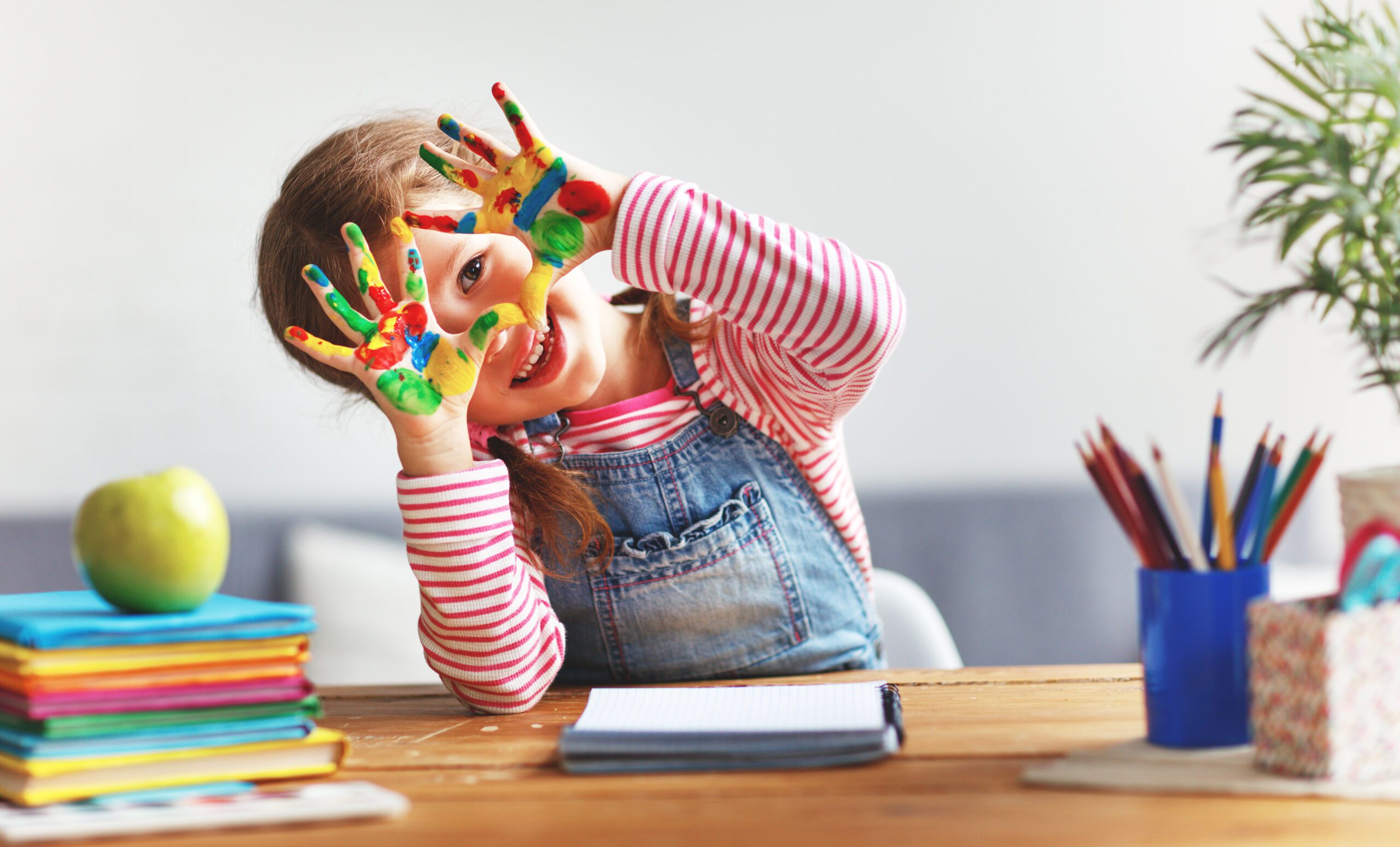The benefits of the children's painting examination

The evaluation of the children’s painting examination has the following benefits:
- Develop creativity and imagination: Painting examination evaluation can stimulate children’s creativity and imagination. Through painting, children can express their thoughts and feelings and try new ways of visual expression.
- Promote cognitive development: Painting examination evaluation can help children develop cognitive abilities, including observation, recognition, analysis and problem solving. Through painting, children can observe and identify different shapes, colors and textures, and learn how to organize and present these elements.
- Improve detailed action skills: Painting test evaluation can help children develop detailed action skills, such as holding a pen, controlling strokes and using different brush skills. These skills are very important for children’s hand-eye coordination and fine movement control, and are also beneficial for future writing and other handicraft activities.
- Cultivate expression and communication skills: Painting is a non-verbal expression that can help children express their thoughts and feelings. Through the evaluation of the painting examination, children can learn how to convey messages with pictures, share their creations with others, and further cultivate communication skills.
- Enhance self-confidence and self-esteem: Painting test evaluation can give children the opportunity to show their talents and efforts. When young children receive affirmation and positive feedback, they will feel that their self-confidence and self-esteem have been improved, which is very beneficial to their learning motivation and mental health.
However, it is worth noting that the painting examination evaluation should be regarded as an evaluation tool, not just pursuing scores or rankings. It is important to give children enough freedom and space to create, so that they can paint in their own unique way and enjoy the process.
